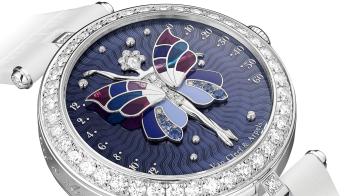Once there were two dancers. Anna Pavlova (1881–1931) was born in St Petersburg and later achieved long-lasting fame as classical ballet’s foremost star. Isadora Duncan (1877–1927) was born in San Francisco and became known as the primogenitor of modern dance. Despite being contemporaries and having strangely similar lives — they were both from cities named for saints, both came from humble beginnings, both died suddenly in their 50th years, both traveled the world to perform for admiring audiences everywhere — their paths in life rarely crossed. And yet when they danced, they brought the same captivating message to the stage.
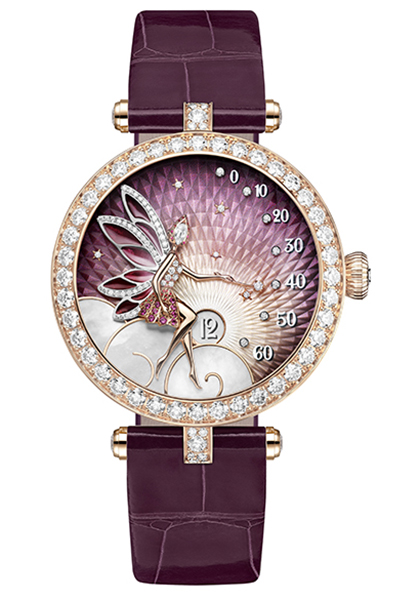
In those days, dance was not an art form; it was entertainment, and the greatest names in the field then were compactly built athletes who executed a tremendously technical form of acrobatic ballet. What Pavlova and Duncan did was to bring back a naturalistic method of physical expression — Duncan took inspiration from Grecian urns, dancing barefoot in loosely draped costumes, and the most memorable dance in Pavlova’s repertoire was the soft, fragile “The Dying Swan”, set to Saint-Saëns’ lush, romantic Le Cygne. What they did was not entertainment, but art; not for the mind, but from the heart; it was not dancing, it was flying.
Michel Fokine, choreographer of “The Dying Swan”, once commented in a 1931 interview published half a year after the death of Pavlova, that this signature piece of hers was “a combination of masterful technique with expressiveness. It was like a proof that dance could and should satisfy not only the eye, but through the medium of the eye should penetrate the soul.”
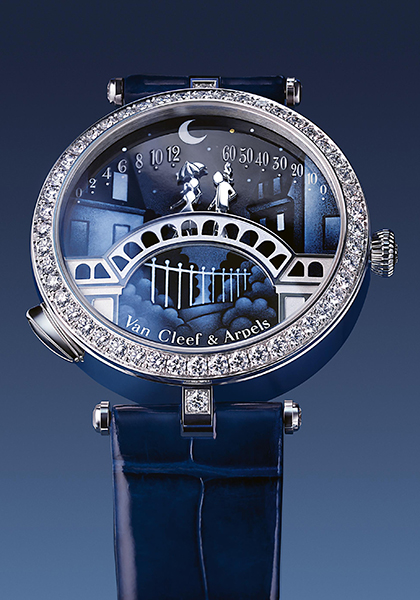
The sentiment that Fokine expressed, although relevant to any form of creative output, is especially apt in the case of the watches of Van Cleef & Arpels, which propound the philosophy of emotional time telling. A fairy, perched on a diamond-encrusted sphere, waves her star-tipped wand and flutters her wings. Two lovers meet on a bridge at midnight for a single kiss. A girl makes a wish on a kite soaring through the skies above the Eiffel Tower. Somewhere high above Zanzibar, a hot-air balloon parts a mass of pearlescent clouds, startling a bird in flight. Endless parties are being held in some of the world’s most famous ballrooms — waltzing couples promenade their grandeur across a glittering background. All these tableaux, and more, are featured on the dials of Van Cleef & Arpels watches, where the word “complication” is not bound by its technical definitions, but holds the key to an ever-flowering garden of delight.
In the Ballerine Enchantée, Van Cleef & Arpels have looked to the world of dance for inspiration. A ballerina is clad in diamonds, her face a pear-cut brilliant encircled by glittering gems, her skirt a gauzy cloud of vitreous enamel. Her hands are clasped and her ankles delicately crossed as if she is about to dance her way across a spotlit stage. The only indications that this is anything more than an exquisitely executed piece of gem-setting and enameling are the two numbered scales on either side of the ballerina. The pusher at eight o’clock brings the ballerina out of her serene repose. What appear to be sheer veils over her enamel skirt slowly rise — first the one on the left to indicate the hours, then the one on the right for the minutes — unfolding themselves into a set of gossamer wings. The wings hover in place for a few seconds, then fall back into the ballerina’s skirt, leaving no trace of their almost magical appearance, except for the lingering memory of sweetness.
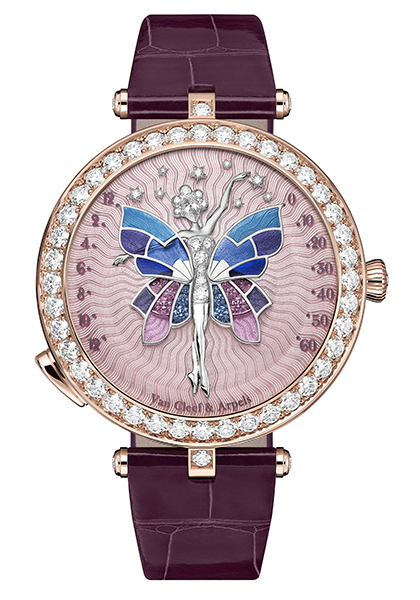
When Anna Pavlova was eight, her mother took her to see a performance of Sleeping Beauty at the renowned Imperial Maryinski Theater. It was Pavlova’s first experience with the ballet. That night, she recounted later in her life, she dreamed of being a ballerina and spending her life dancing as lightly as a butterfly. She did not dream she was a butterfly, but that she could dance like one. When Isadora Duncan first trod the boards as a fairy in a staging of A Midsummer Night’s Dream, she was determined to express the winged nature of her role through dance alone — though eventually she was thwarted by the manager of the dance troupe, who insisted that she wear papier mache wings as part of her costume. This element that both Duncan and Pavlova tried to convey in their dancing — this elusive, transient flutter that can only be captured moment by moment — is what the Van Cleef & Arpels Ballerine Enchantée depicts.
The transformation of ballerina to winged fairy is a true metamorphosis, as dramatic as that from chrysalis to butterfly, as startling in its beauty as the transformation from a girl with a dream to a dancer with an eternal legacy.
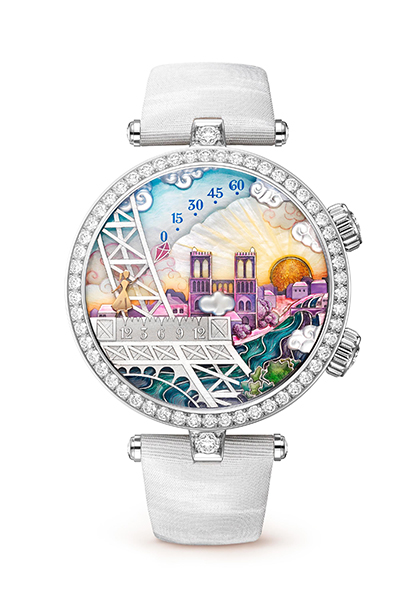
The last words of both Anna Pavlova and Isadora Duncan were a reflection on their ambition and life in dance. Knowing that she was about to die of acute pneumonia, Pavlova asked for her swan costume from “The Dying Swan” to be prepared. It was an acknowledgement of how she would leave this world with the memory of her most famous dance — more famous than the other classical pieces in her repertoire, because it captured the tender emotion of her soul speaking through her body. Before she stepped into the car for the ride that would end in her tragic death, Duncan declared, neck-scarves aflutter in the wind, “Adieu, mes amis. Je vais à la gloire! (Goodbye, my friends. I go to glory!)” To Duncan, every journey — whether going onstage, or getting in a car — was fraught with adventure and possessed infinite scope for spirited expression. And so the Van Cleef & Arpels Lady Arpels Ballerine Enchantée moves into the light, the coalescence of a moment in life when beauty, movement and emotion meet in mid-air.
